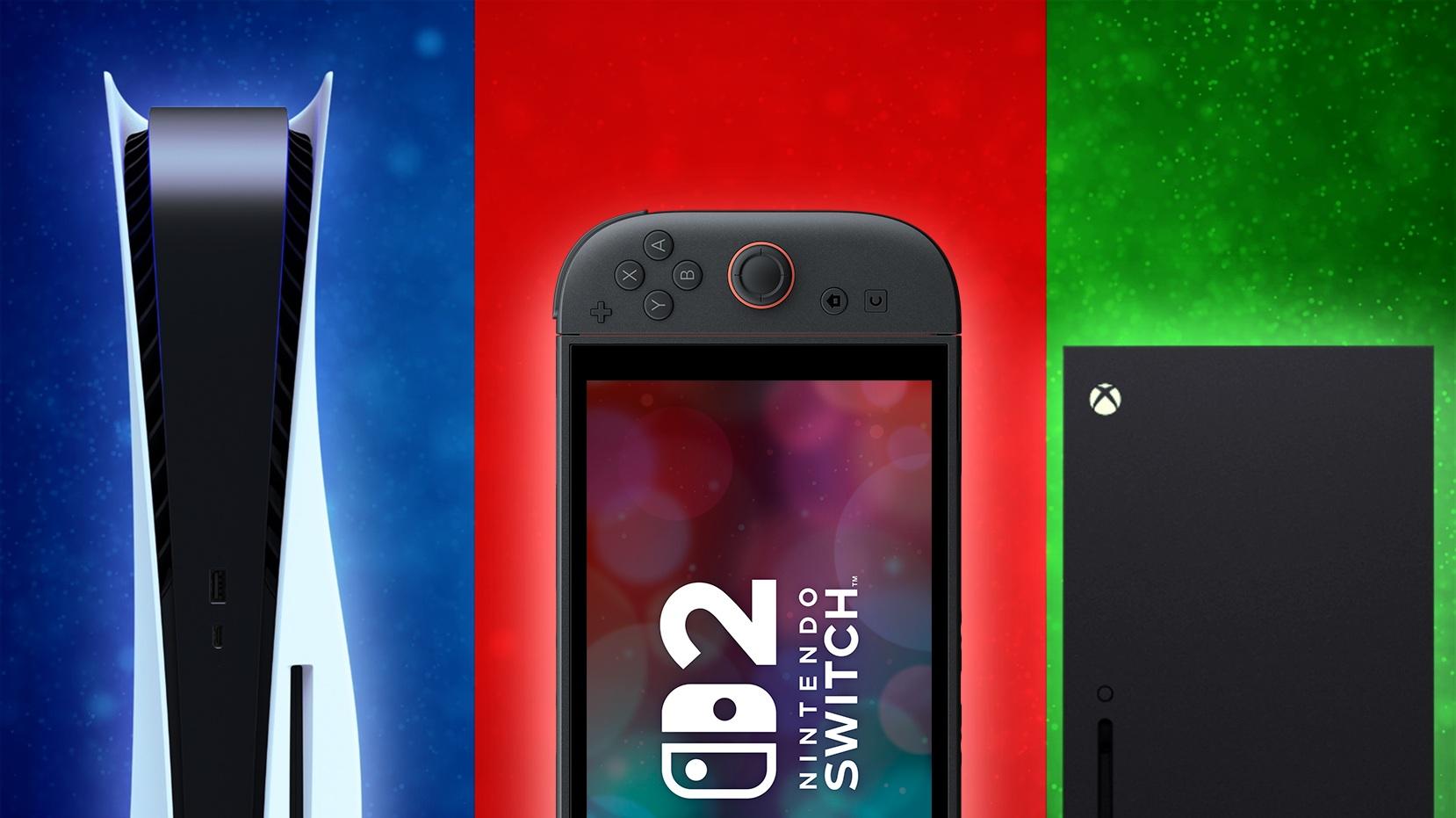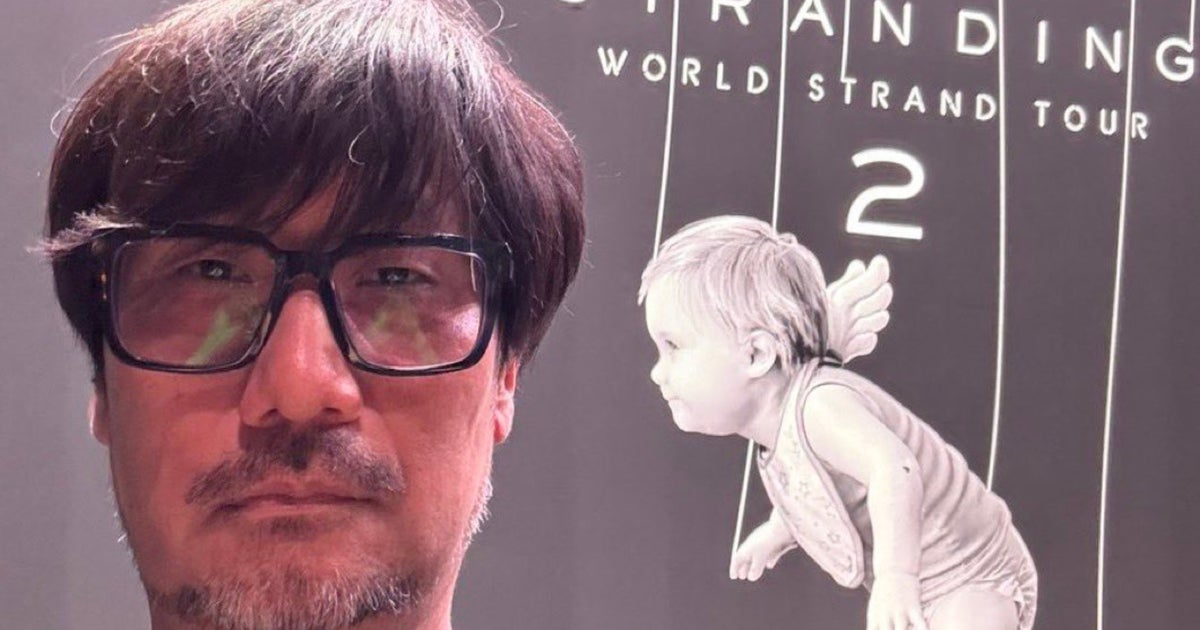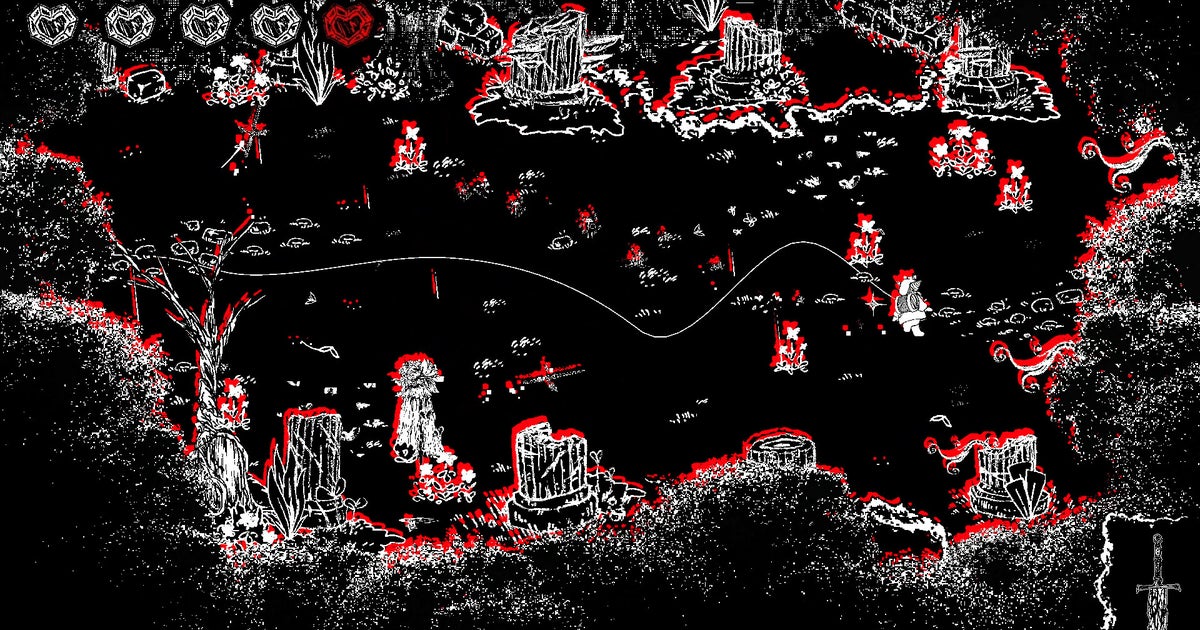
![]()
by
William D’Angelo
, posted 3 hours ago / 484 Views
Microsoft at the beginning of the month increased the price of Xbox consoles, games, and accessories.
The price of Xbox consoles saw the biggest increase in the US with the Xbox Series S now starting at $379.99 and the Xbox Series X starting at $549.99. The price of some new, first-party games starting this holiday season will be priced at $79.99.
Analysts speaking with IGN have stated PlayStation and others in the video game industry could also raise prices now that Xbox has done so.
Alinea Analytics head of market analysis Rhys Elliott said believes that on top of increased hardware that Sony will also raise the price of PlayStation games. He expects every publisher to start increasing software prices now that Nintendo and Microsoft have done so.
“On top of the hardware price hikes, we’ll likely see PlayStation increasing software prices as well,” said Elliott. “With Nintendo and Xbox raising software prices, the floodgates are now open. Every publisher — first- and third-party, PC and console alike — that can charge $80 will charge it. The market will bear it. Plenty of gamers are willing to pay price points above $70, as shown by the high numbers of those willing to pay $100 for a few days’ early access (which can be in the millions for some games, as per our data).”

Niko Partners director of research and insights Daniel Ahmad stated, “Sony has raised the price of its console multiple times outside the US. There is a reluctance from both Sony and Microsoft to raise prices in the US given the size and importance of the market when it comes to console sales. That being said, we would not be surprised to see Sony follow suit with price increases on the PS5 in the US.”
Omdia senior analyst James McWhirter added, “PS5 hardware is predominantly manufactured in China, exposing Sony’s supply chain to greater risk from tariffs originating from the US. Yet what we consistently observe in the console market is that up to half of consoles are typically sold during Q4, the final quarter of the year. This bought both Microsoft and Sony more time to rely on existing inventories. In 2019, consoles were granted an exemption from tariffs on goods from China, but this ruling did not come into effect until August.
“With Microsoft having blinked first with price readjustments this week, it now opens the door for Sony to follow with PS5. This is going to be a particularly tough decision in the US, the world’s largest console market, which has historically been spared — save for PS5 Digital rising by $50 in late 2023.”
Elliott doesn’t see gaming taking a big hit with higher prices as he stated “even in the toughest of economic times, games are incredibly price-inelastic. The market will bear it. Early adopters will always be early adopters. PlayStation and Nintendo console sales have been tracking above or in-line with previous generations, despite consoles not dropping in price like previous generations.
“PlayStation actually increased its unit prices for the PS5, while Nintendo did for the Switch more stealthily by charging more for the OLED model. What’s more, in-app purchases generate vast spending these days — more than premium game purchases when looking at the market as a whole.”

Rosier agreed with Elloiot: “Not necessarily a decline, but we may see shifts in where and how money is spent. As prices rise, consumers may become more selective — spending less on individual full-priced titles and more on subscriptions, discounted bundles, or long-tail live-service games. The total spend may remain steady or even grow modestly, but the distribution across formats and platforms will likely continue to evolve. Xbox’s pricing changes, and similar moves by others, could accelerate this transition toward services and ecosystems over standalone product purchases.”
Circana (NPD) executive director and video game industry Analyst Mat Piscatella believes higher prices in games will see consumers spend more time playing free-to-play and as prices in food, gas, and more rise consumers will spend less in gaming.
“My expectation for the remainder of the trade war is that consumers will shift even more towards free-to-play and other more easily accessible forms of gaming, including games they already own or have access to,” Piscatella said. “Games like Fortnite, Minecraft, Roblox, etc will likely see even more players and hours spent in their ecosystems. Players will also rely on and continue to play devices they already own a bit more rather than buy new hardware. And, as prices rise in everyday spending categories like food, gas, shelter, automotive, etc, there will be fewer and fewer dollars available for categories like gaming in the US.
“I was trying to hold on to the +4.8% outlook I had at the beginning of the year for as long as I could, but that’s looking more and more foolishly optimistic every day. Can easily see a high single-digit percentage decline, or even into the teens, depending on the other dominoes that fall when it comes to pricing. The error bars on any forecast are bigger now than they’ve ever been given the uncertainty in the market.”
A life-long and avid gamer, William D’Angelo was first introduced to VGChartz in 2007. After years of supporting the site, he was brought on in 2010 as a junior analyst, working his way up to lead analyst in 2012 and taking over the hardware estimates in 2017. He has expanded his involvement in the gaming community by producing content on his own YouTube channel and Twitch channel. You can follow the author on Bluesky.
More Articles




